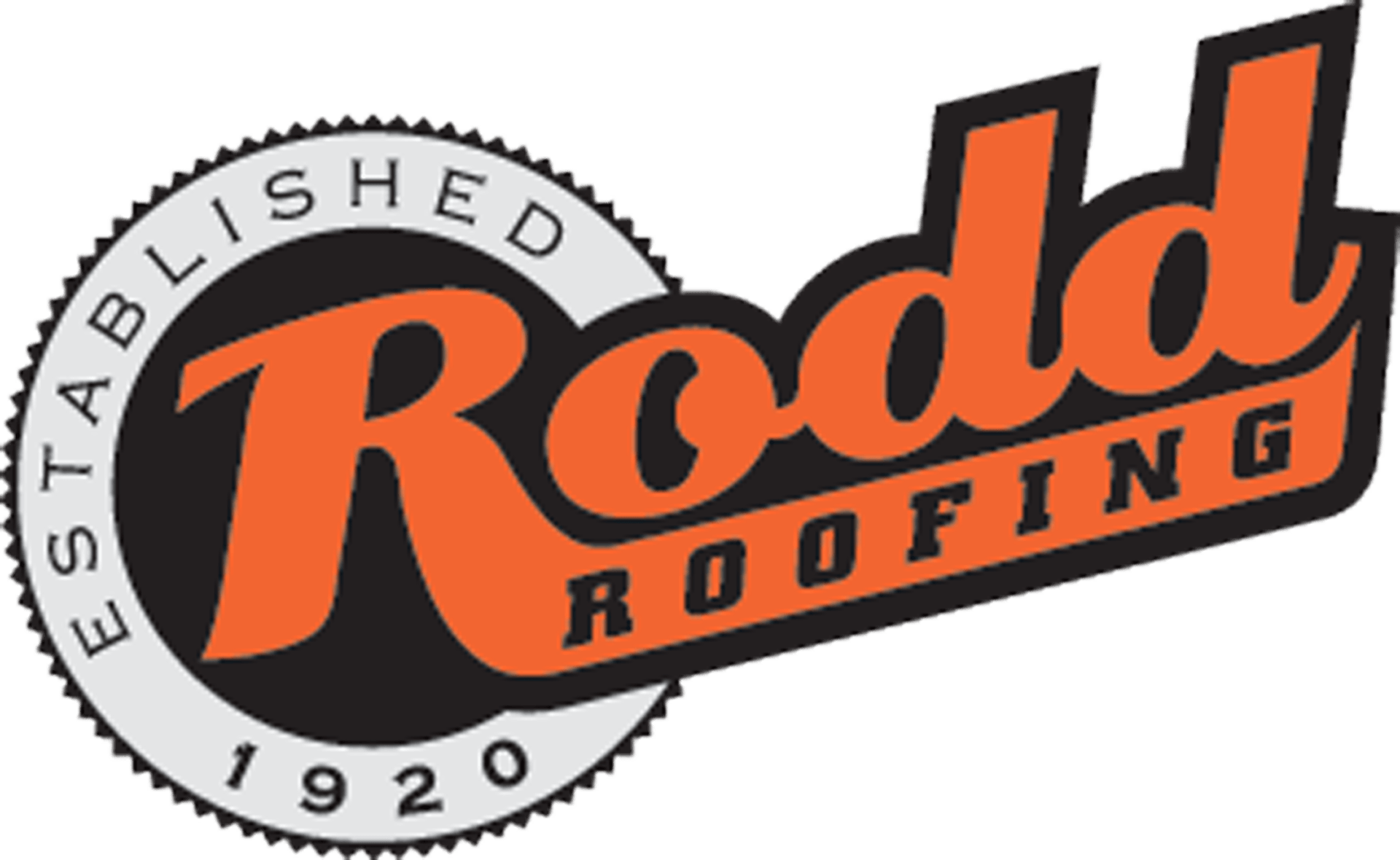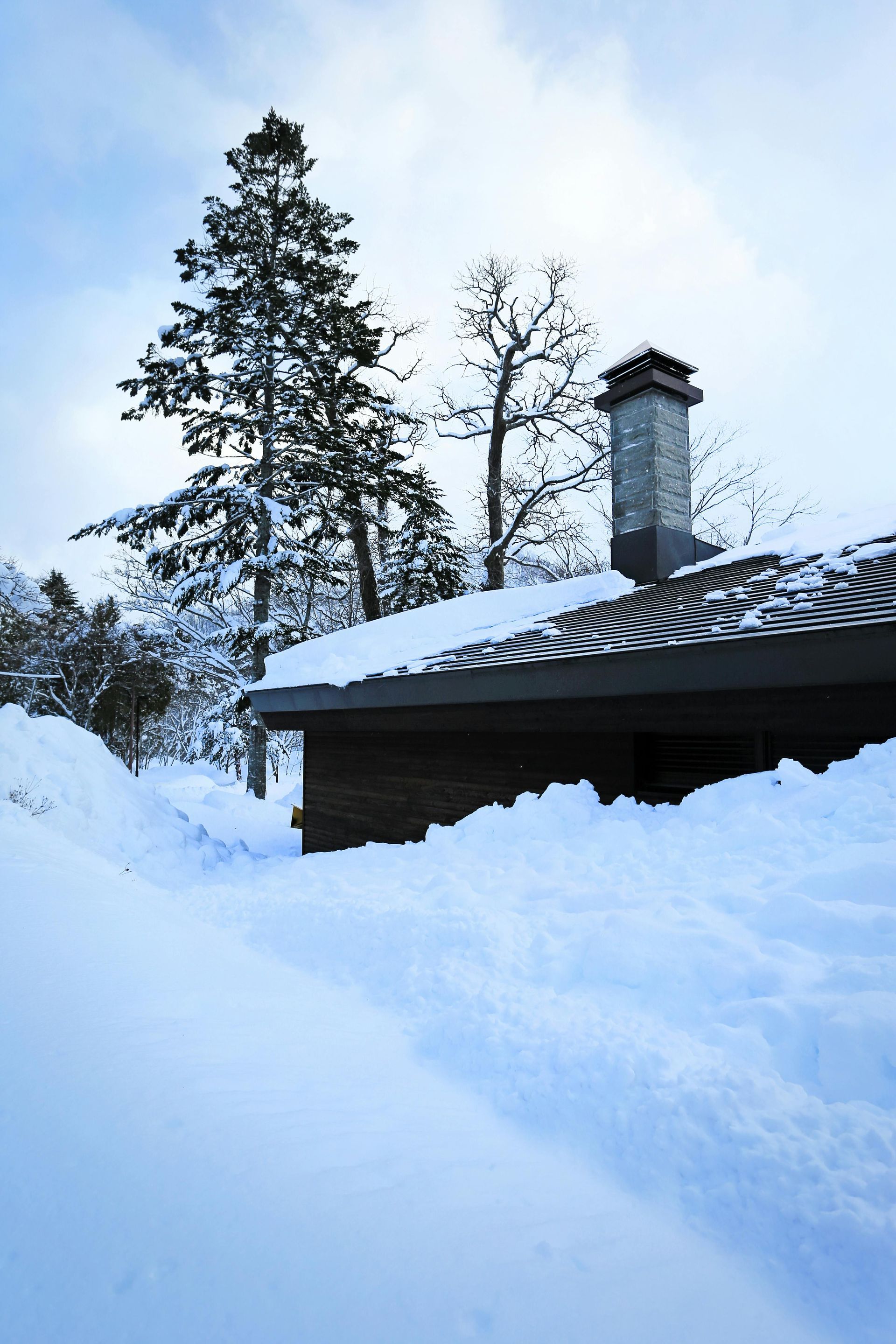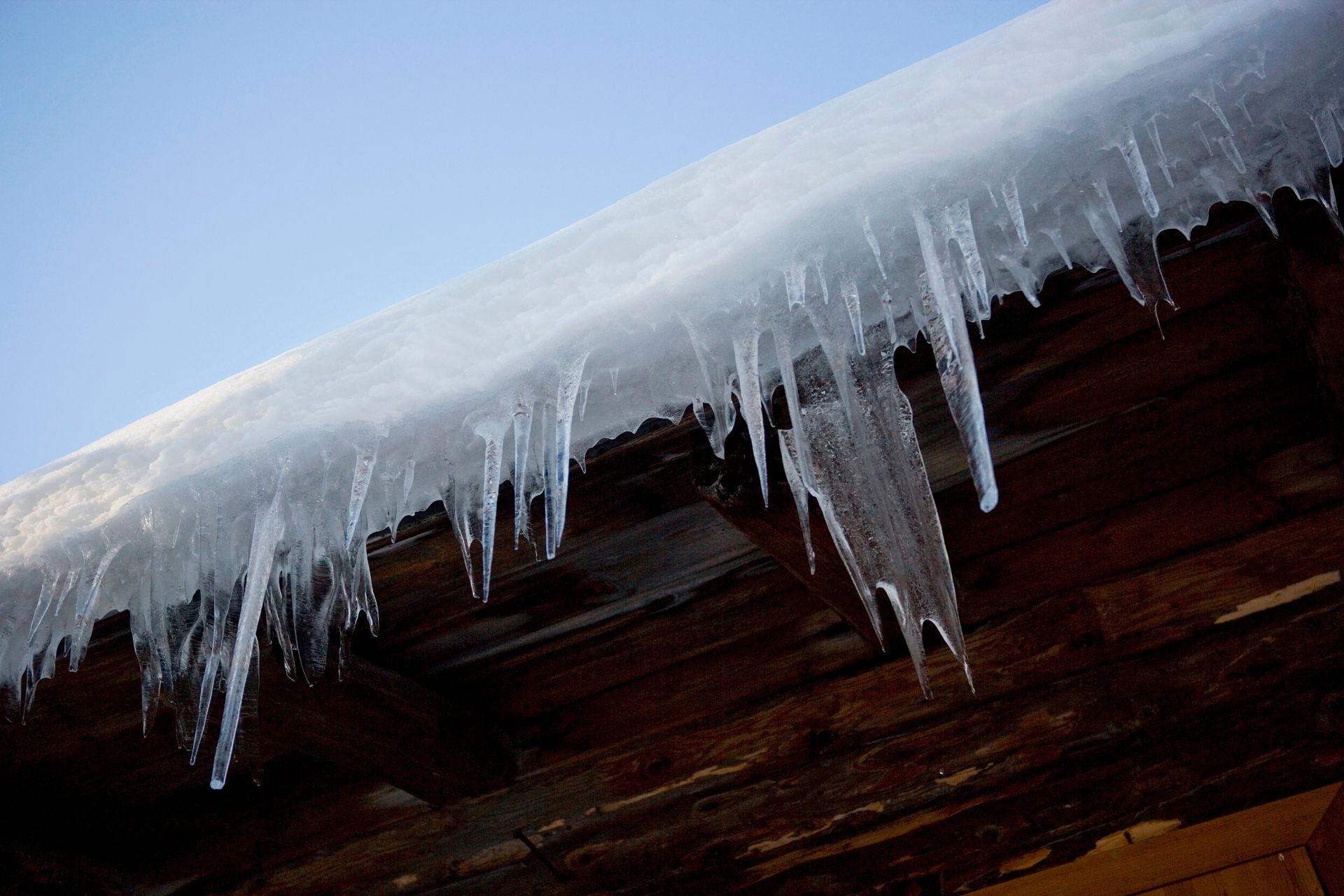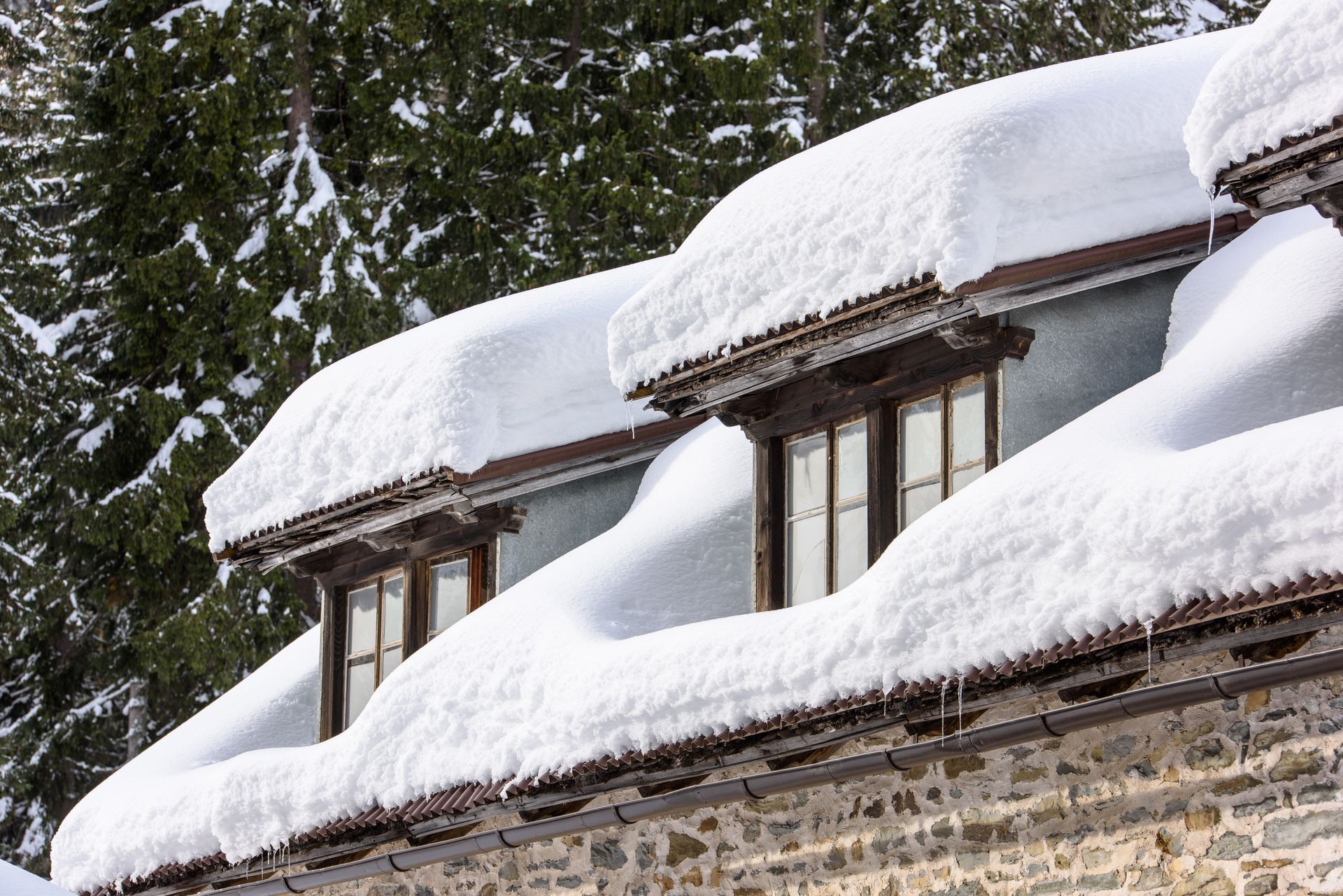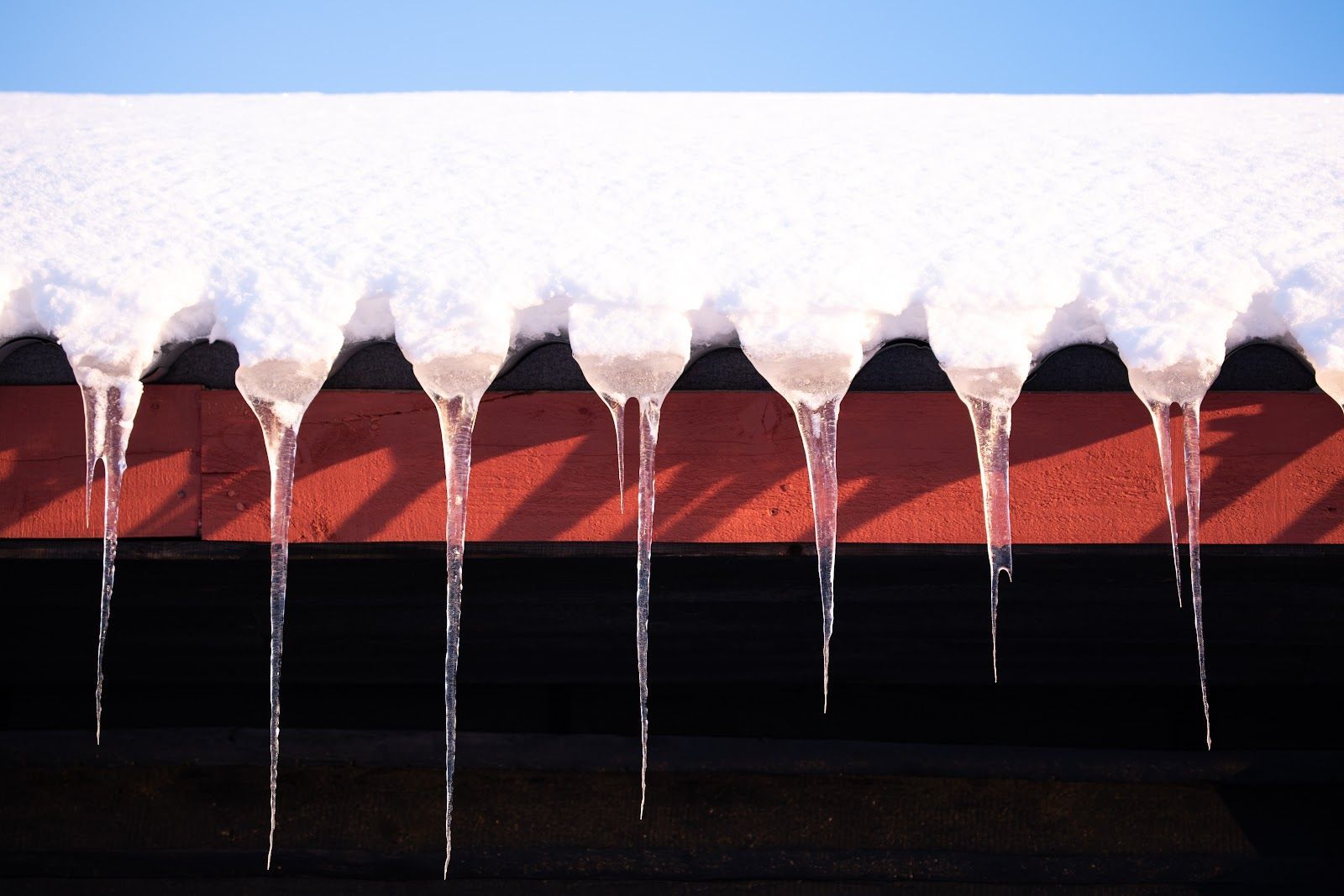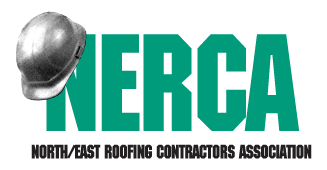Liquid Applied Membrane Roofing: Who It’s For and the Benefits
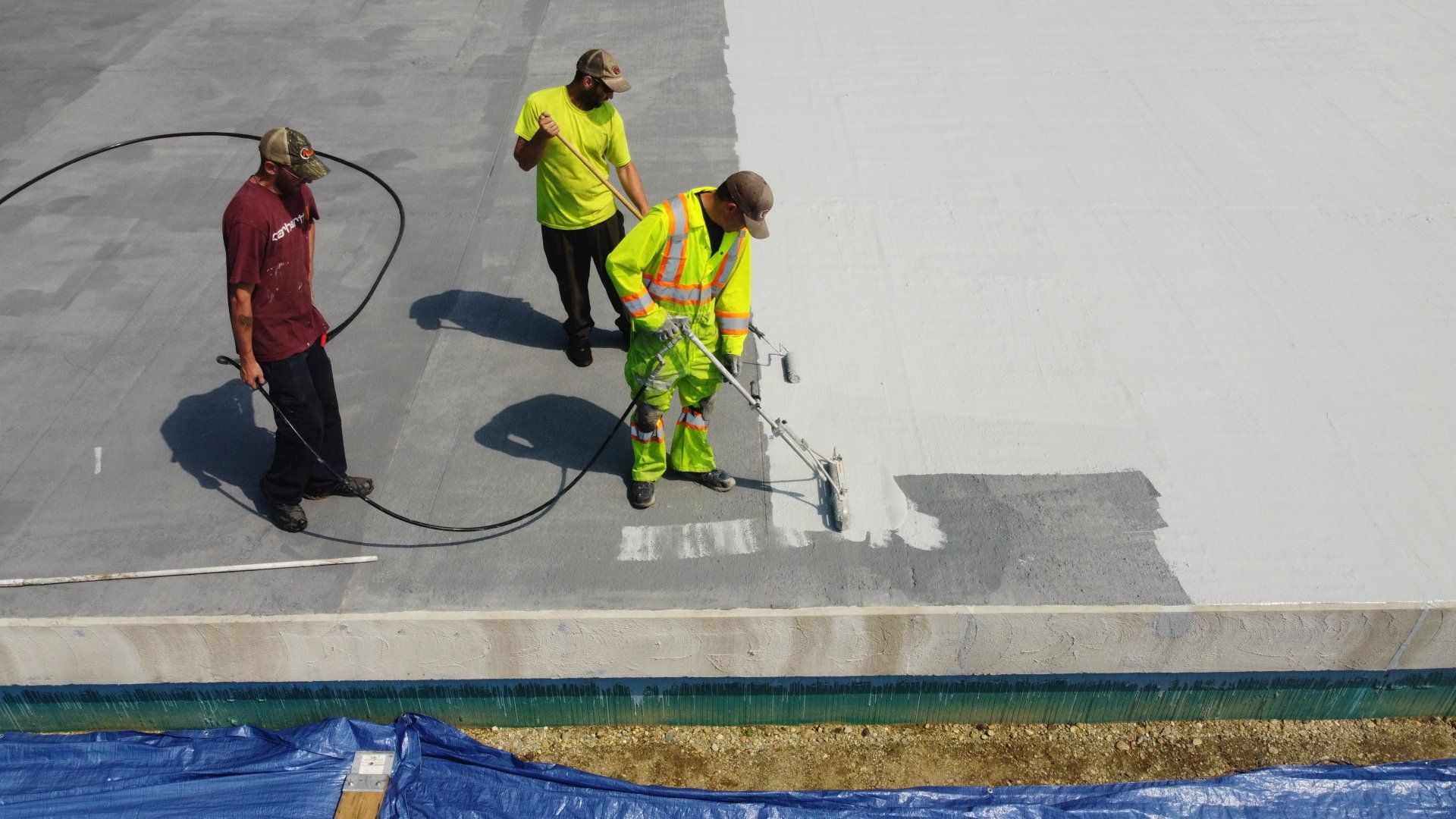
Why Choose Liquid-Applied Roofing Membranes:
Advantages and Ideal Applications
Liquid-applied roofing membranes are becoming increasingly popular in the roofing industry, thanks to their versatility and numerous advantages. This innovative roofing solution involves applying a liquid coating that cures to form a seamless, waterproof membrane. Let's explore who can benefit from liquid-applied roofing membranes and the various advantages they offer.
Who It's For
1. Commercial Buildings: Liquid applied roofing membranes are ideal for commercial buildings with flat or low-slope roofs. These roofs often experience water pooling, leading to leaks and damage. The seamless nature of liquid membranes effectively addresses this issue, providing excellent waterproofing and extending the roof's lifespan.
2. Residential Homes: Homeowners looking for a durable, cost-effective roofing solution can also benefit from liquid-applied membranes. They are particularly useful for homes with flat or slightly sloped roofs and can be used for new installations or as a restoration method for aging roofs.
3. Industrial Facilities: Industrial facilities, such as factories and warehouses, often have large, flat roofs that require robust protection against harsh weather conditions and chemicals. Liquid-applied membranes offer high resistance to UV rays, chemicals, and temperature extremes, making them suitable for these environments.
4. Environmentally Conscious Consumers: Those seeking eco-friendly roofing options will appreciate liquid-applied membranes. Many products are made with low-VOC (volatile organic compounds) formulations and can contribute to LEED (Leadership in Energy and Environmental Design) certification points.
Benefits of Liquid-Applied Roofing Membrane
1. Seamless and Waterproof: One of the most significant advantages of liquid-applied membranes is their seamless application. Unlike traditional roofing systems that involve seams and joints, liquid membranes form a continuous barrier, reducing the risk of leaks and water infiltration.
2. Versatility and Adaptability: Liquid membranes can be applied to various substrates, including concrete, metal, wood, and asphalt. This versatility makes them suitable for different roof types and structures. Additionally, they can easily adapt to complex roof shapes and penetrations, ensuring complete coverage and protection.
3. Durability and Longevity: These membranes are known for their excellent durability and resistance to weathering, UV rays, and temperature fluctuations. When properly installed and maintained, liquid-applied roofing membranes can last 20 to 30 years or more, providing long-term value.
4. Energy Efficiency: Many liquid-applied membranes have reflective properties, helping to reduce heat absorption and lower cooling costs. This energy efficiency can contribute to a more comfortable indoor environment and reduced energy bills.
5. Cost-Effective and Low Maintenance: Liquid-applied membranes offer a cost-effective solution for both new roofing projects and roof restorations. They are often quicker and easier to install than traditional roofing systems, reducing labor costs. Additionally, their seamless nature and durability result in minimal maintenance requirements over time.
Liquid-applied roofing membranes are a versatile and efficient solution for various building types, from commercial and industrial facilities to residential homes. Their seamless application, durability, energy efficiency, and cost-effectiveness make them an attractive choice for anyone looking to enhance their roof's performance and longevity. Whether you're dealing with a flat roof or seeking an eco-friendly option, liquid-applied roofing membranes offer numerous benefits that can meet your needs and provide lasting protection.
